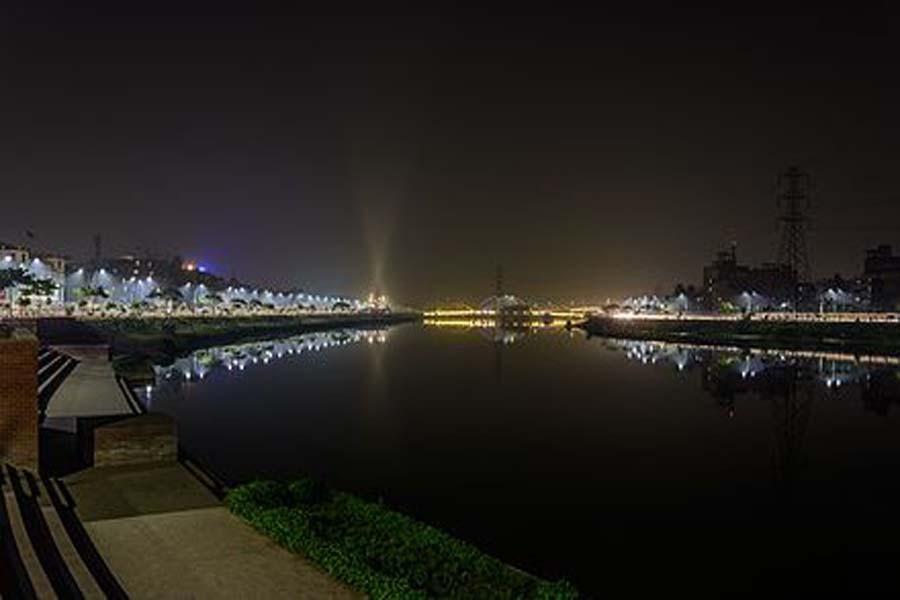Compared to the residents in many other cities, those in Dhaka appear to be proverbially less demanding in terms of recreational facilities. They may be considered one of the most uncomplaining among the world's city dwellers. In proportion to the size and population of the city, Dhaka still has a miserably inadequate number of pastime outlets. Of them many have long fallen into disuse. However, the residents of the city have never had to lament the dearth of their recreational facilities. They know how to pick their own recreational sites.
Thus watching passenger aircraft land and take off at the then airport at Tejgaon was once a favourite recreation for the city people. The period comprised the 1960s to the early seventies. Scores of fun-seeking people would be found standing along the railings on the roof of a one-storey building in the airport compound. Apart from the planes, watching passengers board and disembark from the aircraft up and down the stairs was also part of the show. For others, there was the Ramna Park, the 'animal corner', the erstwhile zoo opposite today's Matsya Bhaban filling station, or the walkway on the embankment along the Buriganga at Sadarghat. Against this plain backdrop of the past, the construction of the Hatirjheel lakefront seemed a surprising gift for the Dhaka people. Upon recovering from the initial fit of amazement, people began visiting the site, which emerged from the long neglected Hatirjheel canal in the city heart. Wow, what a marvellous place to idle time away! Complete with minutely planned roads, fancy bridges, overpasses, footbridges and sitting arrangements coupled with walkways, it eventually proved a grand place to visit. It opened to public in 2013. In the beginning it was constructed as a transportation medium for minimising traffic congestion. Initiated by Bangladesh Army and the Special Works Organisation, the project later involved some government agencies. They included the capital improvement authority RAJUK, the local government authority LGED and WASA, the water and sewerage authority.
Covering an area of 302 acres, the massive Hatirjheel site has been dubbed one of the attractive recreation centres in South Asia. Although it has begun drawing thousands of visitors daily since opening, it has lately been passing through bad times. Thanks to the return of its stench-filled water, the lakefront these days watch a noticeable fall in visitors. After all, few are generous enough to go through the ordeal of malodour while on a pleasure ride on boat in the lake. Fetid water and floating garbage has long been a scourge plaguing Hatirjheel. Finding the lake filled with transparent water, many visitors kept returning to the spot after their first visits. Given the fast deterioration in its water quality, the number of visitors is feared to drop further. That the water body was once connected to a river on the capital's eastern flank seems to have got lost in the haze of oblivion.
There is a sad aspect to the fading appeal of the Hatirjheel site. Seeing the people's rush to the lakefront on the rise, the authorities kept adding newer features to it. Those included nighttime illuminations, musical shows, etc. All this seems to have gone in vain. As many urban experts view the present state of Hatirjheel, keeping the renovated lakefront operative is no challenge. What needs to be kept in mind is the capability to implement the mega plans in an effective manner. When it comes to Hatirjheel Lake, its notorious water ought to be in constant focus of the authorities in charge of the site. The visitors' sense of belonging, as well as awareness, also plays a role in keeping the lake's resurgence alive. The general people do not lack them. What they need is continued motivation.


